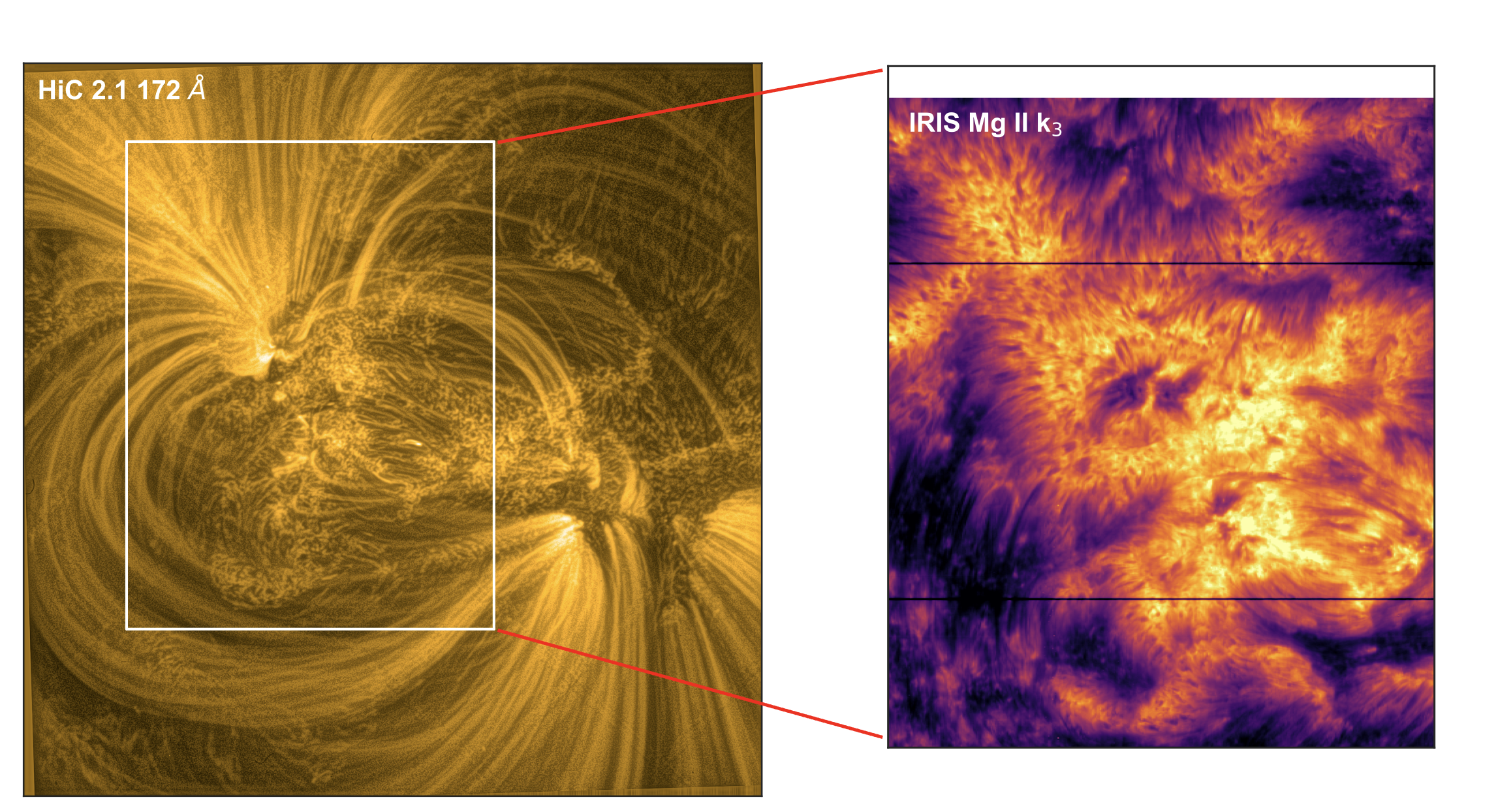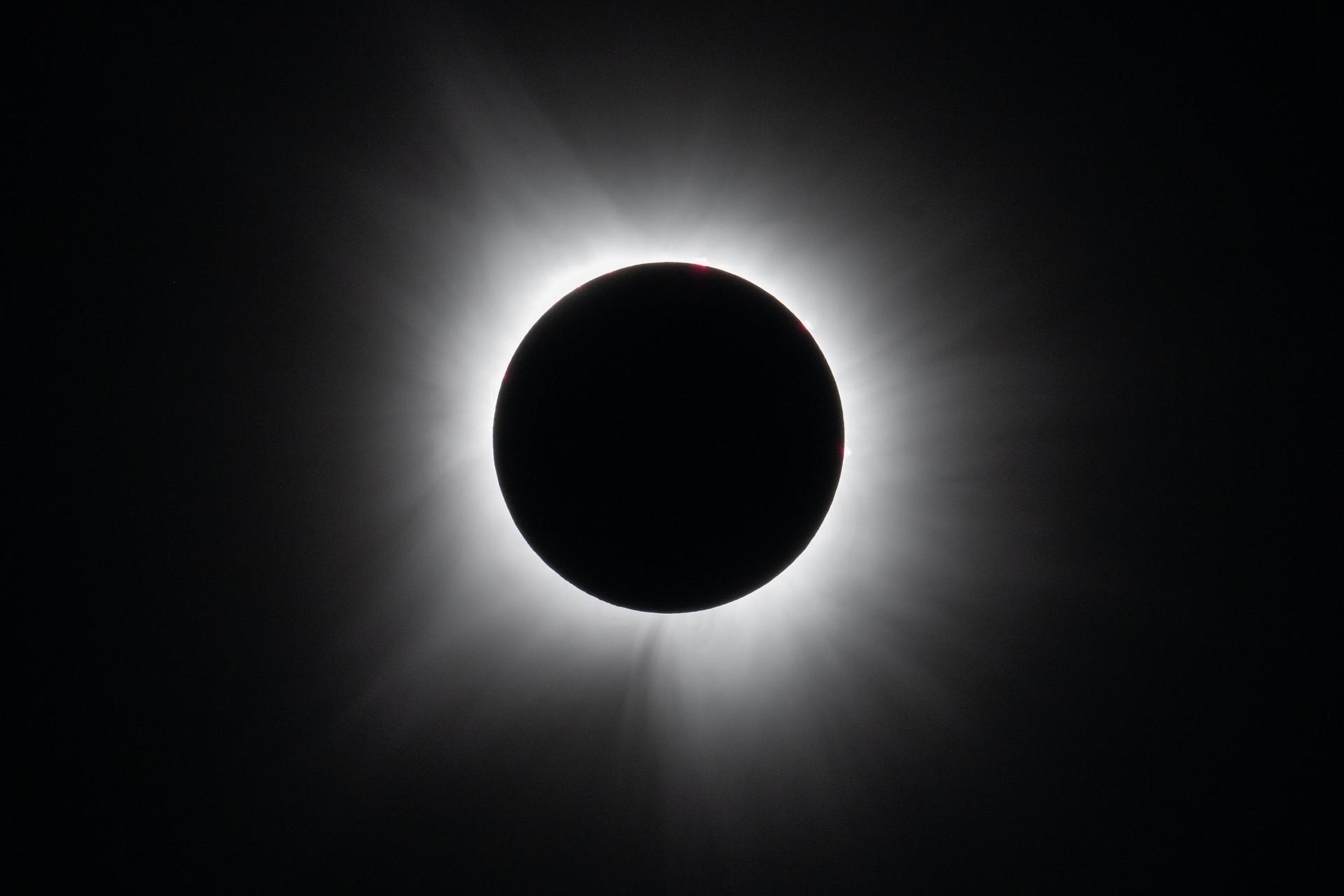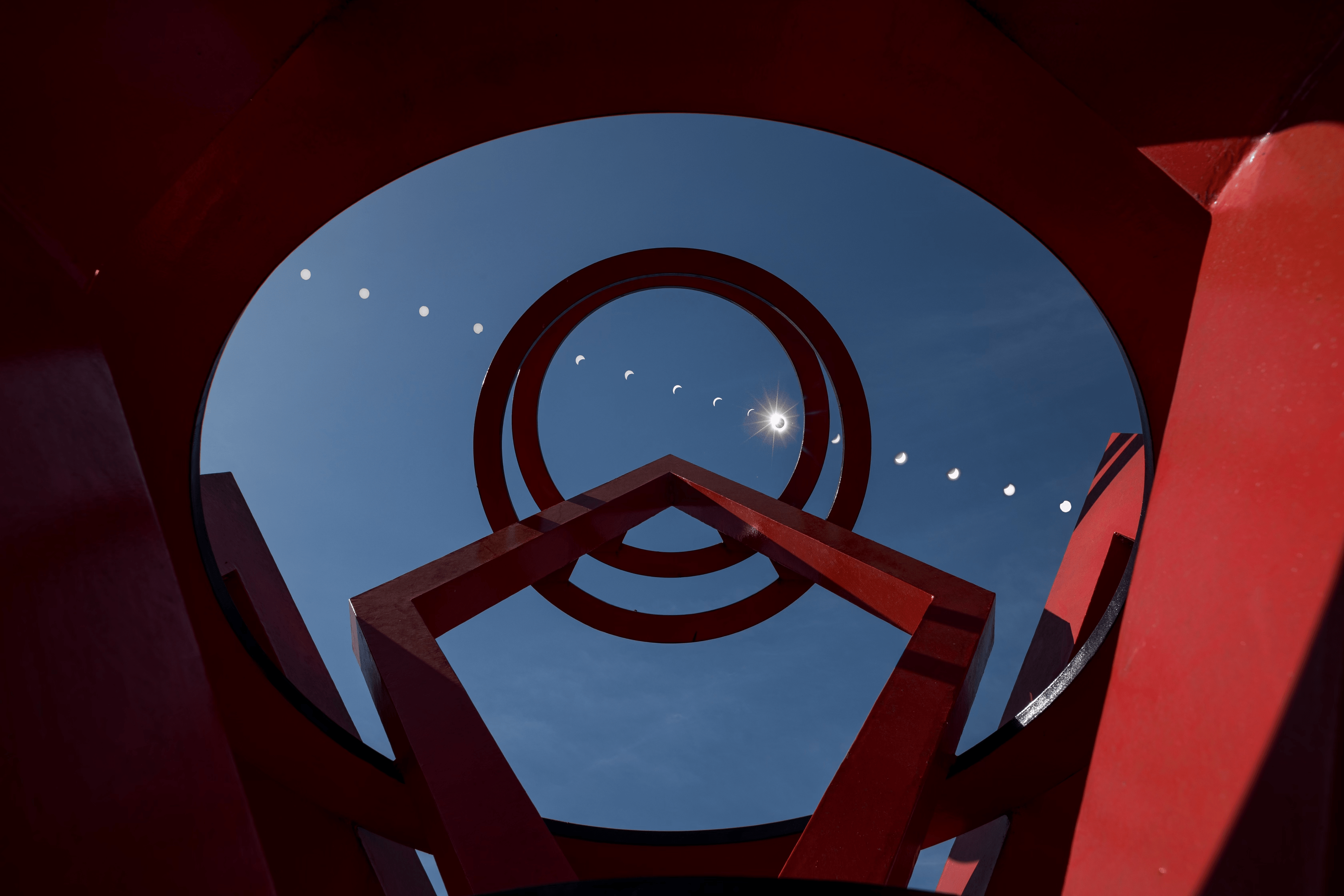4 min read
Royal Astronomical Society Press Notice
Ref. PN 01/22 (NAM15)
Issued by: RAS Press Officers
Peter Bond
Phone: +44 (0)1483-268672
Fax: +44 (0)1483-274047
E-mail: 100604.1111@compuserve.com
Mobile phone: 07711-213486
Dr Jacqueline Mitton
Phone: +44 (0)1223-564914
Fax: +44 (0)1223-572892
E-mail: jmitton@dial.pipex.com
Mobile phone: 07770-386133
NAM PRESS ROOM.
The press room phone numbers are:
+44 (0)1223-313724
+44 (0)1223-313754
+44 (0)1223-315553
RAS Web site:
http://www.ras.org.uk
UK National Astronomy Meeting Web site:
http://www.ast.cam.ac.uk/~nam2001/
ULYSSES OBSERVES THE SUN AT SOLAR MAX
As the recent appearance of the largest sunspot for 10 years shows, our nearest star, the Sun, is prone to spells of intense, violent activity and unexpected, dramatic change.
Since the state of the Sun is of primary importance for all the inhabitants of our little planet, numerous spacecraft have been launched to monitor its mood swings. Particularly significant is the European Ulysses probe, the only spacecraft ever to fly over the solar poles. This unique orbit meant that Ulysses could observe the Sun and its associated space weather from a viewpoint never accessible from Earth or other space probes.
The latest results from Ulysses will be presented by Dr. Bob Forsyth (Imperial College, London) on Wednesday 4 April during the UK Solar Physics Meeting, part of the National Astronomy Meeting in Cambridge.
THE ODYSSEY OF ULYSSES
More than a decade after its mission began, the Ulysses spacecraft continues to give scientists new, three dimensional, perspectives of the Sun's influence on its surrounding space environment (including that of the Earth).
Ulysses' first flight over the Sun's poles, which took place six years ago, allowed scientists to understand the Sun's influence on its surroundings while it was in its simplest, minimum activity, state.
In November 2000, Ulysses returned to examine the south pole of the Sun for a second time. It is now heading towards the northern polar region, which it will fly over in September.
This time around, the Sun's activity is at its greatest and is presenting a much more complex picture. The rate of the spectacular eruptions known as coronal mass ejections (which cause magnetic storms at the Earth) has dramatically increased -- although Ulysses has found that there are proportionally fewer of these in the polar regions than near the Sun's equator.
One of the experiments on Ulysses is a magnetometer -- provided by a team led by Imperial College, London -- which measures the magnetic fields in space. For the Imperial College team, the most intriguing feature of the Sun at solar maximum is that the direction (polarity) of its magnetic field reverses. This happens almost like clockwork every 11 years.
The Sun's reversal originates in its polar regions, the most difficult to see when looking from the Earth. The Imperial College instrument on Ulysses is thus ideally placed to observe the effects in space of these complex changes in the Sun's magnetic field as they happen.
The latest data from Ulysses show that the transition from a northward oriented magnetic field to a south oriented one is currently under way. This switch from one direction to another takes several months and has implications for the severity of the magnetic storms which arrive at the Earth. Coronal mass ejections that reach the Earth with a magnetic field opposite to that of our planet are more likely to break through Earth's defences and cause serious side-effects such as power surges and compass disruption.
Once the Sun's magnetic field has flipped completely, the next phase of the solar activity cycle will be officially under way.
CONTACT:
Dr. Bob Forsyth,
Space & Atmospheric Physics Dept.,
Blackett Laboratory,
Prince Consort Road,
Imperial College, London
SW7 2BZ
Phone: +44 (0)207-594-7761
Fax: +44(0)207-594-7772
E-mail: r.forsyth@ic.ac.uk
FOR IMAGES AND FURTHER INFORMATION SEE:
http://www.sp.ph.ic.ac.uk/~forsyth/reversal
http://sci.esa.int/ulysses







